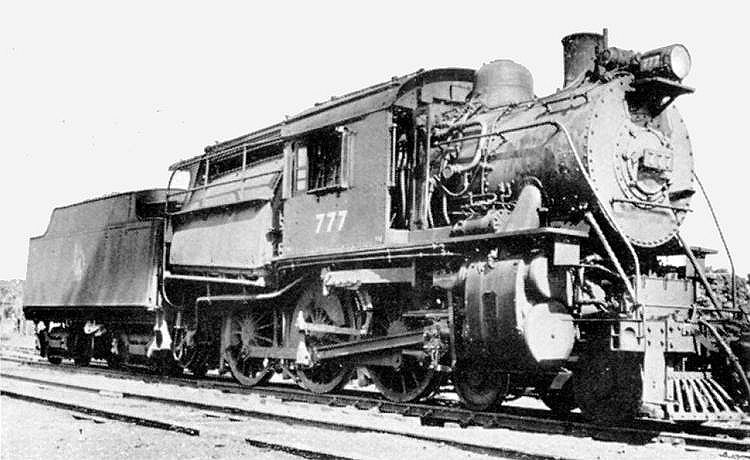Smoky locomotives could be a vexation to travelers riding in their finest clothing, and also to housewives who had to hang out their white sheets to dry near a railroad track. Some eastern railroads burned anthracite, which was more environmentally friendly because it produced less smoke than bituminous coal. But because anthracite burned cooler than coal, locomotives that used it had to have wider fireboxes to generate the same amount of steam. In many cases the width of the firebox left no room to mount the engineman's cab over it. The solution was to move the cab forward to the middle of the boiler, leaving the unhappy fireman to stoke the fire from his small open-air enclosure at the rear of the locomotive. For that matter the engineer, riding above the driving wheels, might be nervous about a rod coming loose and penetrating the floor of his cab. This type of engine was known as the "Camelback." A major user was the Central Railroad of New Jersey; as late as 1950 around half its steam locomotives were Camelbacks.
Jersey Central Ten-wheeler No. 777, of the T-38 class (originally L7as), illustrates the Camelback design in this image scanned from the 1951 edition of World Railways. Built by Baldwin in 1914, she had 69-inch drivers, 23x28-inch cylinders, and 210 p.s.i. of boiler pressure. The 91.8-square-foot grate area of her firebox was considerably larger than that of most 4-6-0s, and she weighed 225,600 pounds without tender. The T-38 class had 2283 square feet of evaporative heating surface plus 474 square feet of superheater surface, and exerted 38,318 pounds of tractive force. Despite these modest dimensions, Camelbacks like No. 777 persisted in commuter service out of the Jersey City terminal until the end of steam on the Central Railroad of New Jersey.
